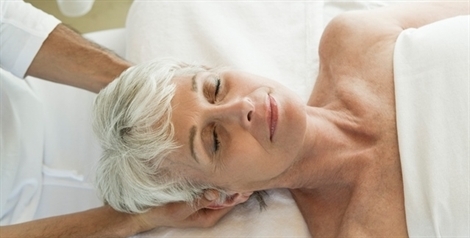Research: Massage Therapy + Aging
Download a copy for your clients
By incorporating massage into a regular healthcare regimen, many older adults find a better quality of life and additional relief from a multitude of health issues.
Aging Population Experiencing Massage
AMTA’s 18th annual Consumer Survey found that approximately 9 million people over the age of 55 had a total of 39 million massages in the previous 12 months. The primary reason this population received massage was for medical purposes.
Related: Meeting the Needs of Elder Clients | 3.5 Credit Hours
Chronic Pain Relief for Seniors
Massage therapy has been demonstrated to help treat chronic pain, particularly in joints, such as the shoulder or knee, while also improving stability and posture. “[This study] suggests that regular massage may produce physiological changes that contribute to improved balance and postural control,” says Jo Ellen Sefton, Director of the Neuromechanics Research Laboratory at Auburn University. “This may be a way to decrease falls in older adults.”
Eldercare & Hospice Facilities
Studies have shown that even a brief massage can reduce agitation behavior in older adults living with dementia, such as physical expressions of pacing and wandering.
Research also shows that massage therapy provides clinical benefits to hospice patients, such as decreased pain and improved quality of life. A recent national cross-sectional survey of a random sample of hospices showed that 29 percent of facilities reported employing an art, massage or music therapist, with 74 percent of them employing massage therapists.
Related: Massage & Hospice | Massage Therapy Journal
Read the full Research Roundup »
Find a Trusted Massage Therapist
Members of the American Massage Therapy Association (AMTA) are the most trusted massage therapists in the United States.


